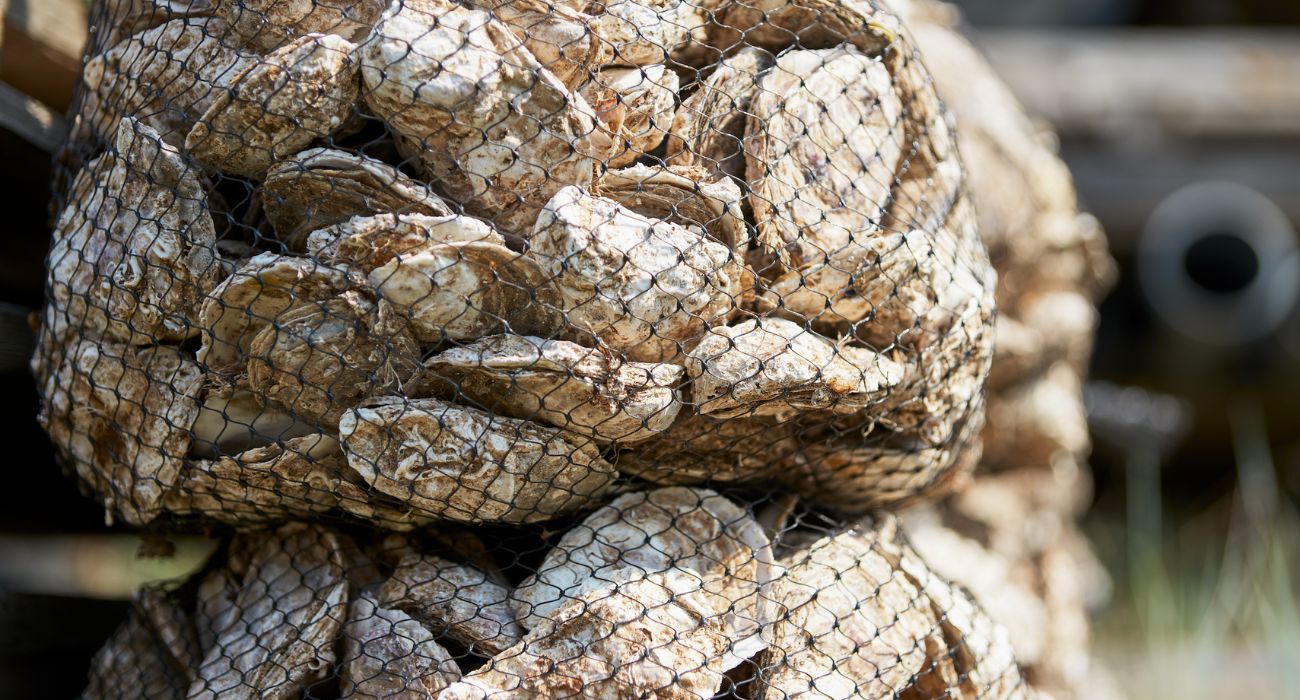Hundreds of feet under the surface of the southern Texas coastline, a scattering of world-renowned coral reefs support communities both animal and human.
Most famous is the Flower Garden Banks National Marine Sanctuary, which is crucial to diverse ecosystems in the Gulf of Mexico and protected by the National Oceanic and Atmospheric Administration (NOAA).
As you move closer to land from the Flower Garden Banks over 100 miles offshore, other reefs appear periodically. These are the main grounds for oyster harvesters in the Gulf, who produce 45% of the nation’s oysters, according to the NOAA.
In recent years, oyster harvesters have been pushed away from many of these reefs.
The oyster season, which runs from November 1 until April 30, started with most shellfish harvesting areas closed this year. The reefs off of Galveston Bay, Matagorda Bay, San Antonio Bay, and Aransas Bay were all deemed off-limits by the Texas Parks and Wildlife Department (TPWD).
Before the season begins, the TPWD collects data on oyster populations, and any given area may be shut down if oysters are smaller than 3 inches and the number caught per hour is below 400.
“[Oysters] are essential to the health of our fish and wildlife, water quality, commercial and recreational fishing, tourism, and coastal economies. Over time, a variety of environmental factors and localized harvest pressures have greatly impacted this valuable natural resource across the entire Gulf Coast,” said TPWD Executive Director Carter Smith in a press release.
TPWD and other agencies in charge of reef conservation have expressed concerns about the sustainability of the oyster harvesting industry, and argue that restricting reef access is necessary to protect underwater wildlife.
Meanwhile, oyster harvesters worry about a future without a livelihood, as the industry that built many coastal fishing communities buckles under new regulations. Many harvesters have carried the same way of life through generations and are concerned about making ends meet during the reef shutdowns.
“I started this right out of high school. So I mean, this is all I’ve ever done,” family fisherman Johny Jurisich told reporters. Other harvesters have considered downsizing operations and selling their oyster licenses for cash.
Alongside the reef closures, nationwide recalls of oysters farmed in Galveston Bay have multiplied the struggles of local harvesters.
Across the country, over 250 reports have surfaced of illnesses after eating oysters from a specific area in the bay, prompting the Texas Department of State Health Services to issue a recall and close the harvesting grounds.
In some cases, people who had eaten the oysters tested positive for norovirus, a contagious stomach flu-like illness that can cause severe symptoms.
For now, the re-opening of oyster harvesting zones in the Gulf of Mexico is slow.
TPWD continues to monitor closed areas and recently opened zone TX-20 in Matagorda Bay. However, the future is murky for one of the last wild oyster landings as more producers switch to farmed oysters.
“I think that there’s still a very large and looming question about the overall sustainability of the oyster fishery in Texas and Gulf-wide,” Amanda Fuller, director of the coast and water program from the National Wildlife Federation, told the Houston Chronicle.






